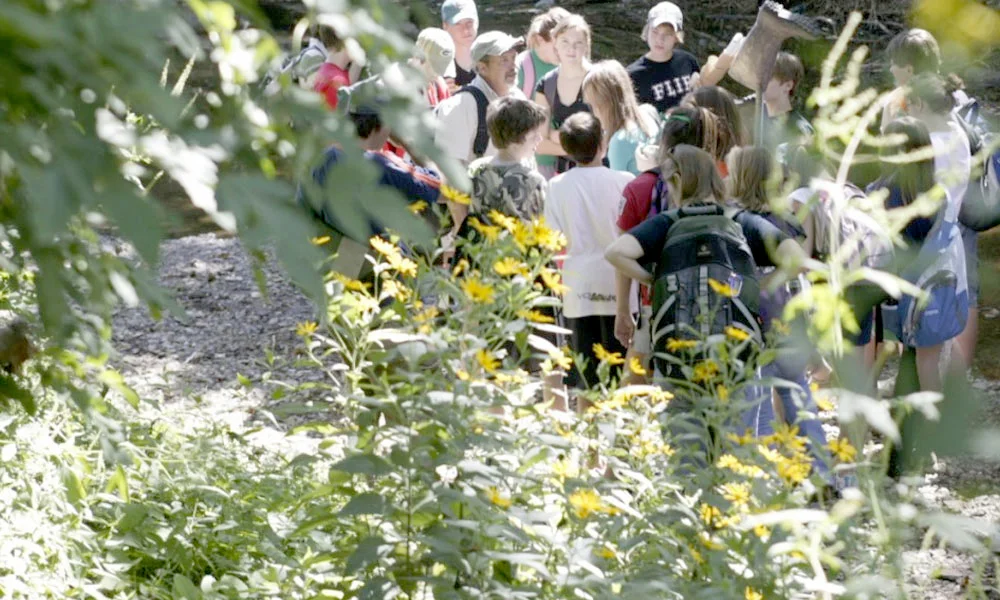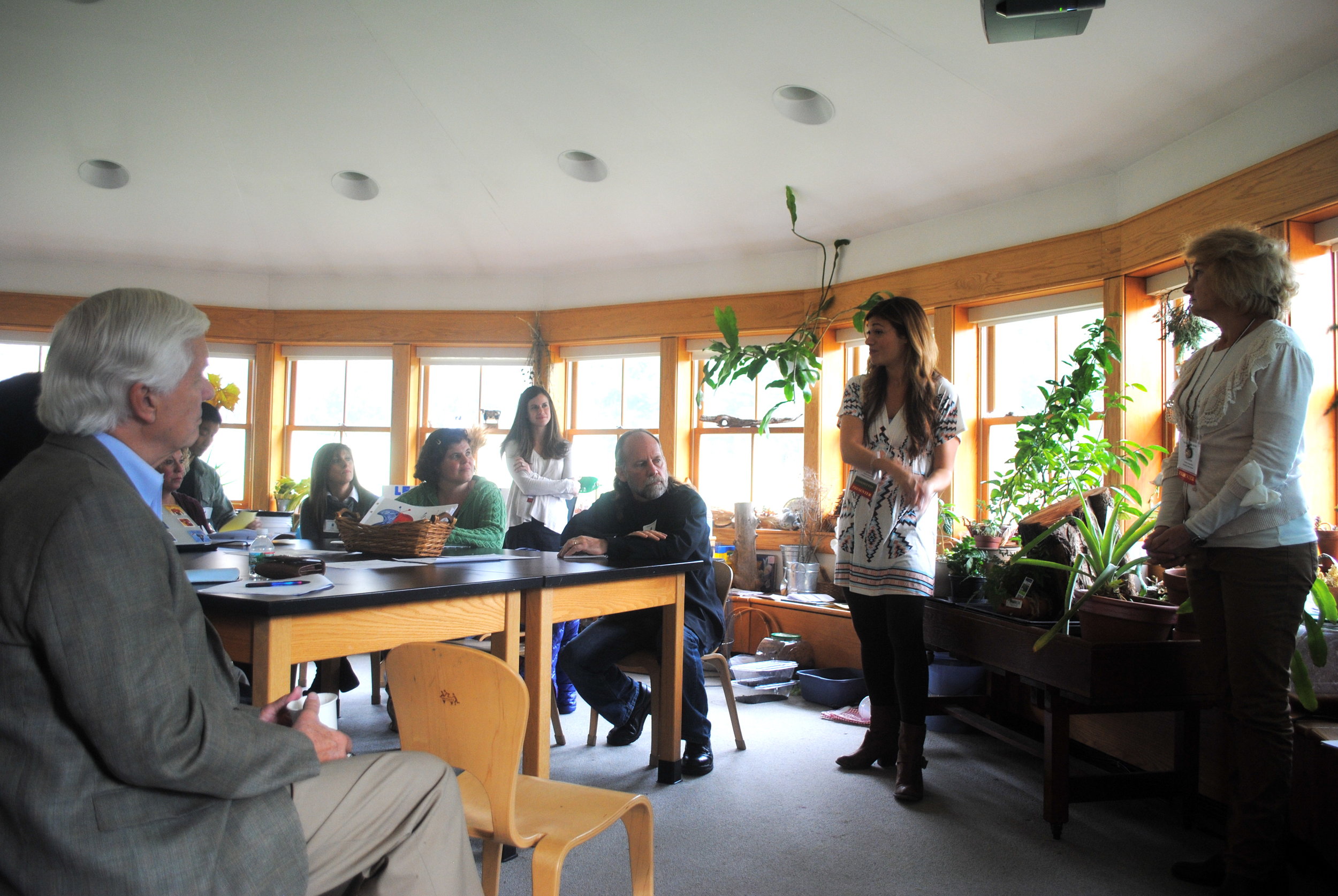 This week I am in Boston alone as Ashley is off traveling. I am spending the deep winter time before the holidays lighting candles at night, arranging greens and berries around our cozy condominium, baking Christmas cookies with our grandson, Asher and family, and feeling very grateful to be alive and well in this winter of 2013. As the solstice approaches, most of us find this to be a contemplative and dark time when the days are so very short.
This week I am in Boston alone as Ashley is off traveling. I am spending the deep winter time before the holidays lighting candles at night, arranging greens and berries around our cozy condominium, baking Christmas cookies with our grandson, Asher and family, and feeling very grateful to be alive and well in this winter of 2013. As the solstice approaches, most of us find this to be a contemplative and dark time when the days are so very short.

This afternoon, I took a snowy walk in the Arnold Arboretum which is just around the corner from us. How lucky are we to have 281 acres of trees, shrubs and vines in our neighborhood? To me, and to many, it is a giant woods with paths and hills and vistas of the city, in the middle of the Boston. But actually, it is a research institution governed by Harvard University, founded in 1872. The Arboretum was designed by America's first landscape architect, Frederick Law Olmsted and supports world leading research and horticulture and education programs that foster understanding, appreciation and preservation of woody plants.
Today was cold and the Arboretum was covered with five or so inches of very crusty snow. I have figured out a walk that I love that takes about an hour round trip from our door. I walk from the Arboretum entrance to the Linden Path, and continue to the top of Bussey Hill, named for a prosperous Boston merchant who gave part of his estate to Harvard in 1842. I look out over the woods and neighborhoods and view all of Boston, and then, head back down again.
All of me is grateful this Christmas season. For my health and the health of my family. For a toddler who is our very own grandson who is full of wonder and delight and new words and curiosities every moment. For my sons, who are productive in the world and happy with such wonderful women who we are privileged to have in our family. For the natural world all around us, red winter berries in December, snow and crystal ice that sparkles, lights that shine, beloved carols that we can sing. For our good work that we continue to love and for the educators in schools who are doing such courageous and inspiring teaching and learning.
We hope that during this mid winter season, you too are keeping warm, surrounded by family and friends and that you are keeping light alive in all kinds of ways.
Ashley and I wish all of you a joyous and blessed holiday season. And, we hope to see you somewhere in the new year.

















